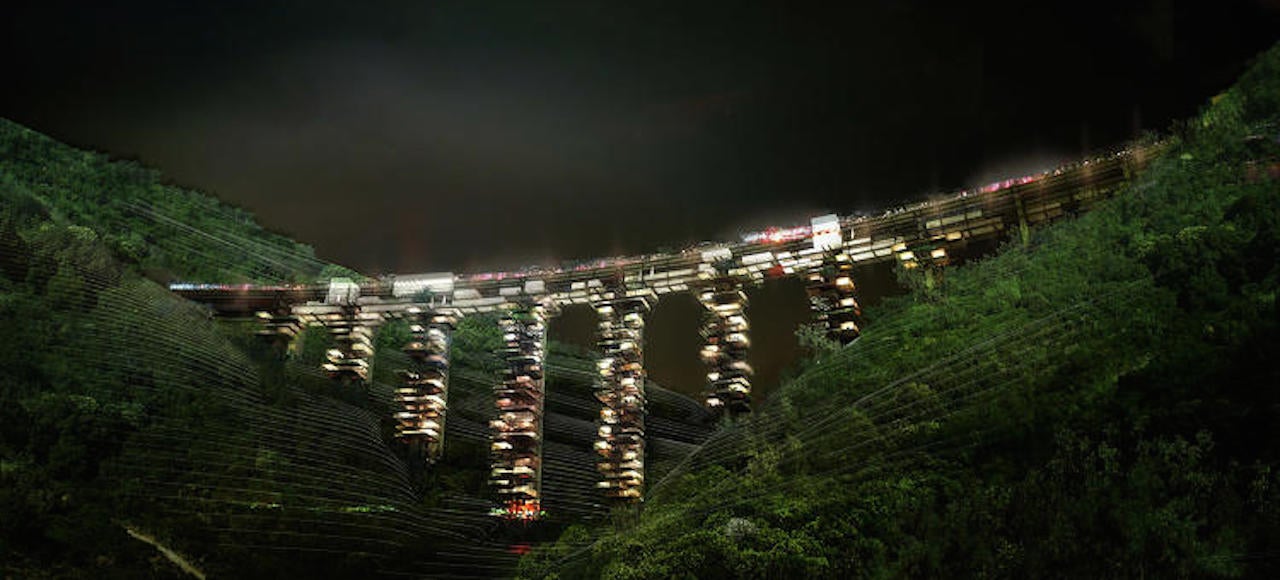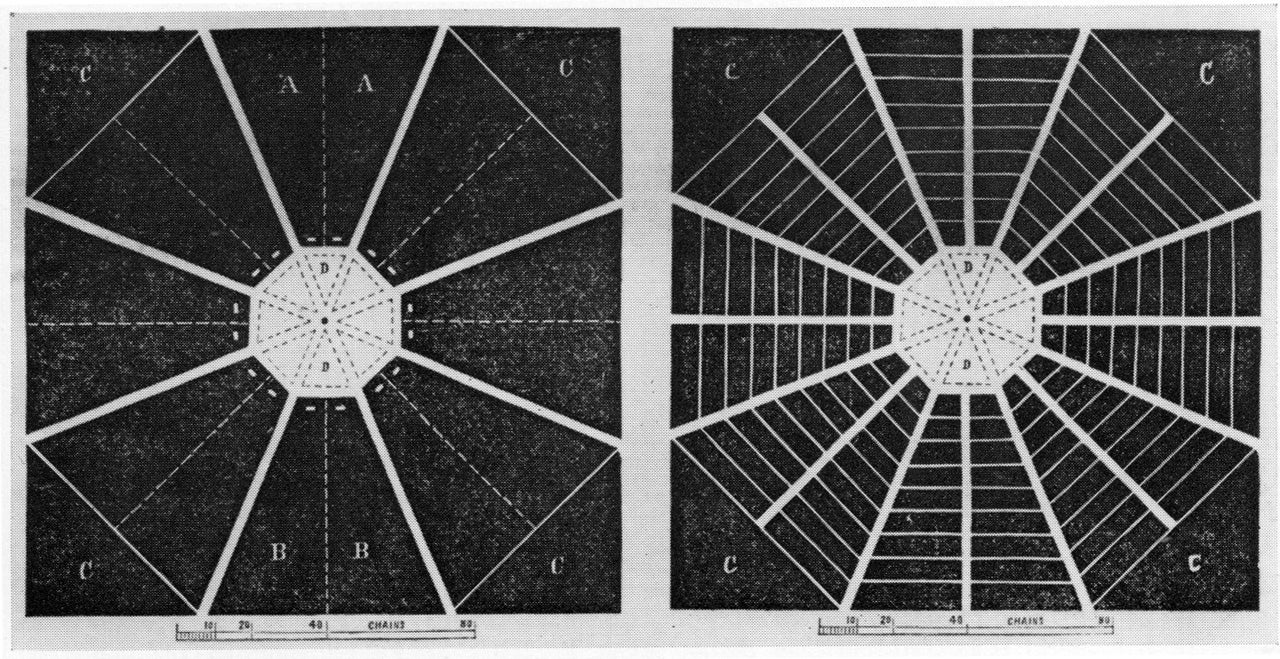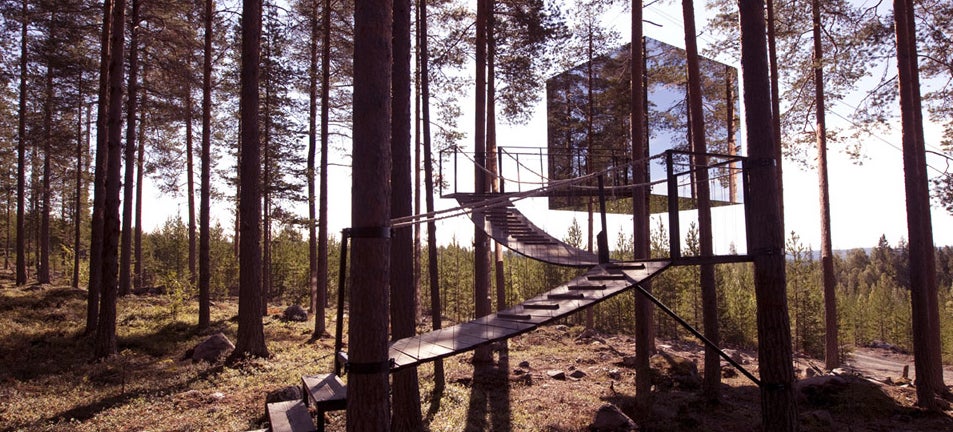![]()
Tiny homes, classic cars, and mesmerizing cityscapes—those, among other wonders, are the treasures we’re working with in this round of the most beautiful items of the week. Check out what we discovered for you below:
![]()
![]()
Tiny homes, classic cars, and mesmerizing cityscapes—those, among other wonders, are the treasures we’re working with in this round of the most beautiful items of the week. Check out what we discovered for you below:
![]()

When it was built in 1977, Citicorp Center (later renamed Citigroup Center, now called 601 Lexington) was, at 59 stories, the seventh-tallest building in the world. You can pick it out of the New York City skyline by its 45-degree angled top.
![]()

Southern Italy is dotted with hulking aqueducts that went out of service years ago. In an attempt to find a new use for the structures in lieu of tearing it down, the government held a competition. One of the winning designs will blow your mind.
![]()

If you begin looking into the history of vegetarianism, you’ll find that Kansas pops up over and over again. The state, now much better known for BBQ, was once the planned site for a particularly striking vegetarian utopia: Octagon City. Its strict geometric plan was a grand, city-scale expression of a mid-18th century fad for octagon houses.
![]()

I remember looking toward the edge of town and thinking that something seemed off. We had stopped here before crossing the Continental Divide, in one of those typically charming Colorado mountain communities. Yet a few blocks away from its railroad-era Main Street lined with historic 1890s structures, there were almost cartoonish versions of those same buildings, arranged in an unnaturally tight grid.
![]()

At Treehotel in the north of Sweden, the rooms rise up like trees in an enchanted forest: a UFO, a mirrorcube, a giant bird’s nest. It’s some of your wildest childhood fantasies—brought to life by Swedish architects. So how did it all begin?
![]()

White on black is a no-no in many design circles, but there are definitely exceptions to the unofficial rule—like these cool prints from Marlon de Azambuja. The Madrid-based architect took an inky permanent marker to full-color photos, eliminating everything except for the thinnest structural silhouettes.
![]()

When the sun comes up, the flowers come out. Inspired by the design of Arabic windows known as mashrabiya, these 45-foot wide, flower-shaped sunshades "blossom" in minutes to cover the facades of these twin towers designed for two (anonymous!) Middle Eastern media companies.
![]()

Mustang is one of the most remote parts of Nepal: Nestled on the border of Tibet, it was one of the last parts of the country to encounter Westerners. It’s been described as a "hidden kingdom" that’s been "virtually unchanged since the 15th century," but modern technology—like radio—is coming.
![]()